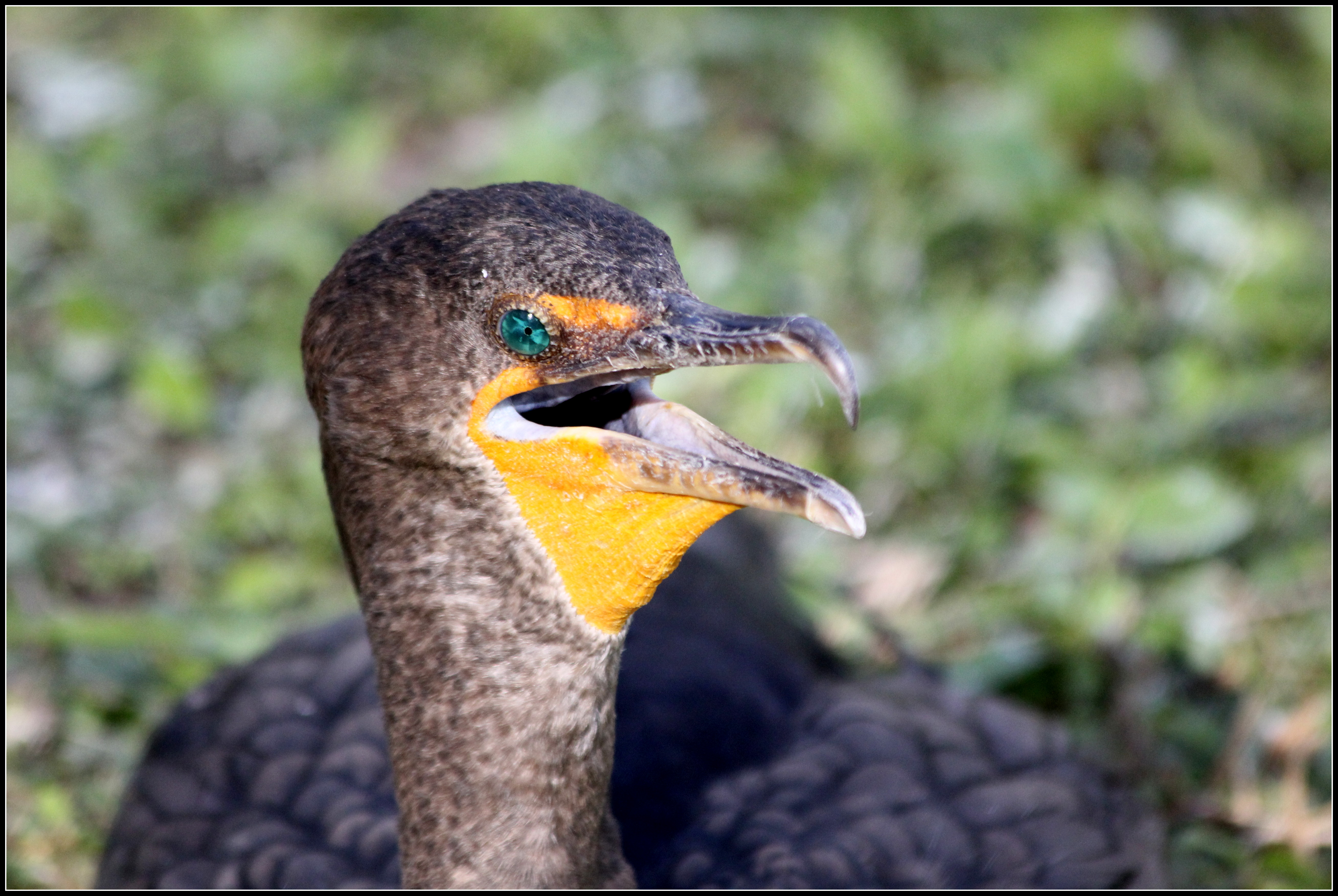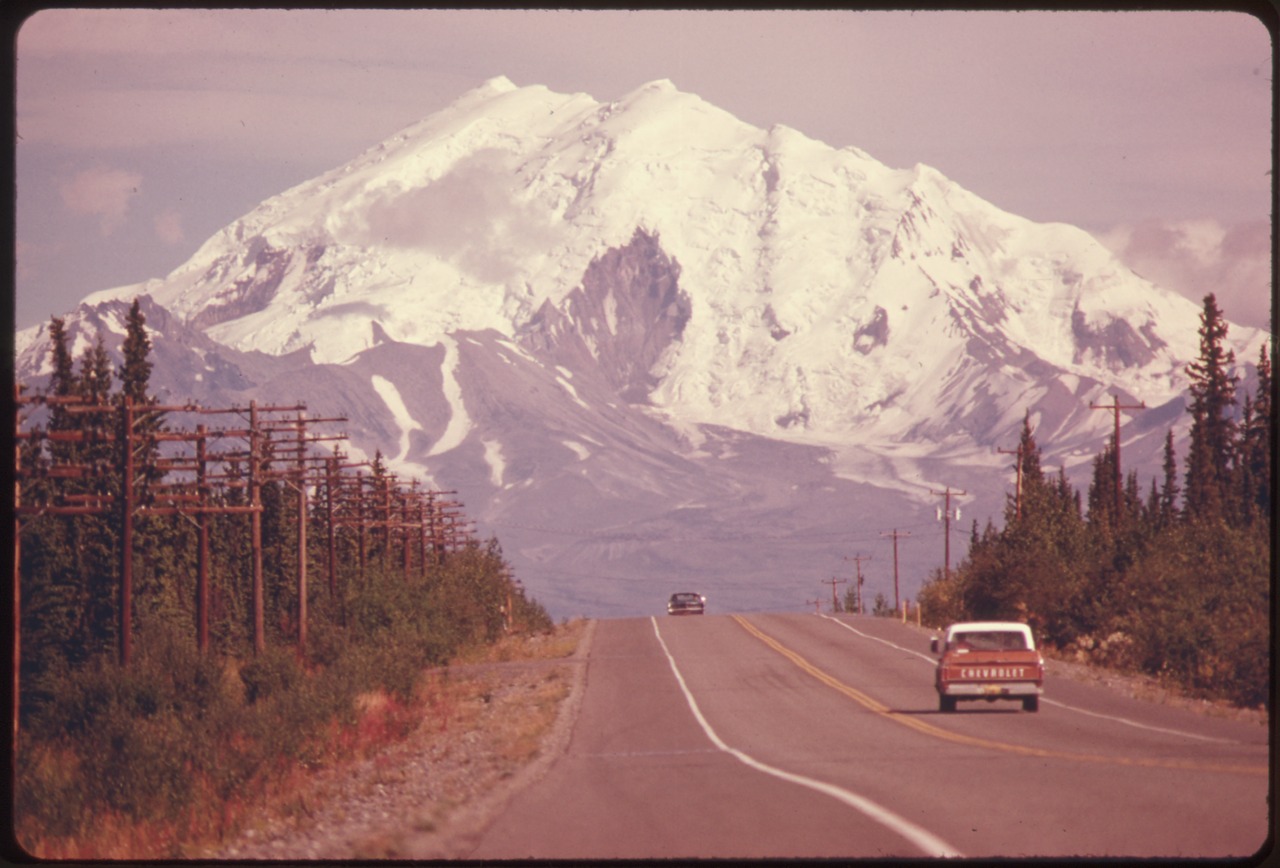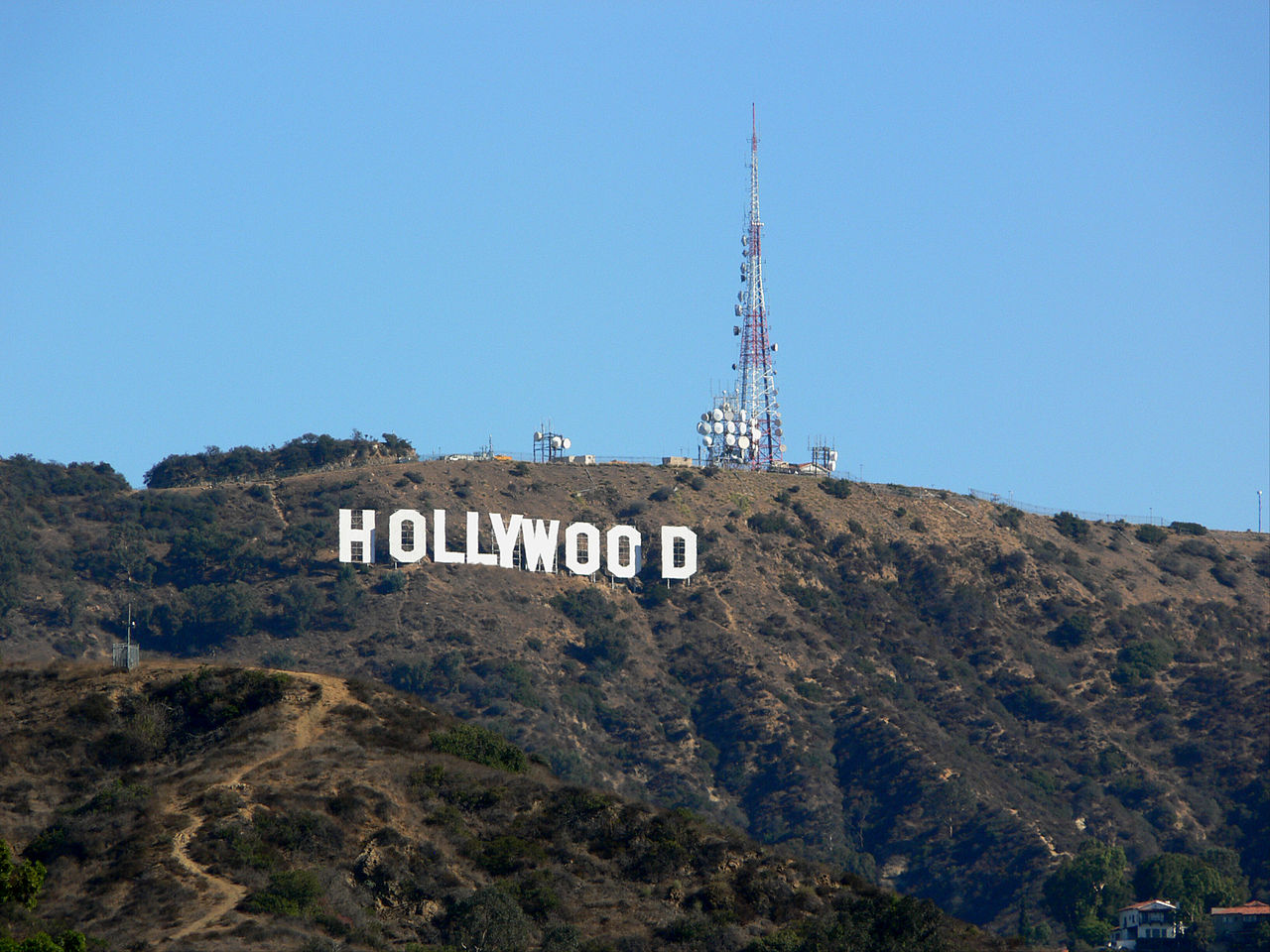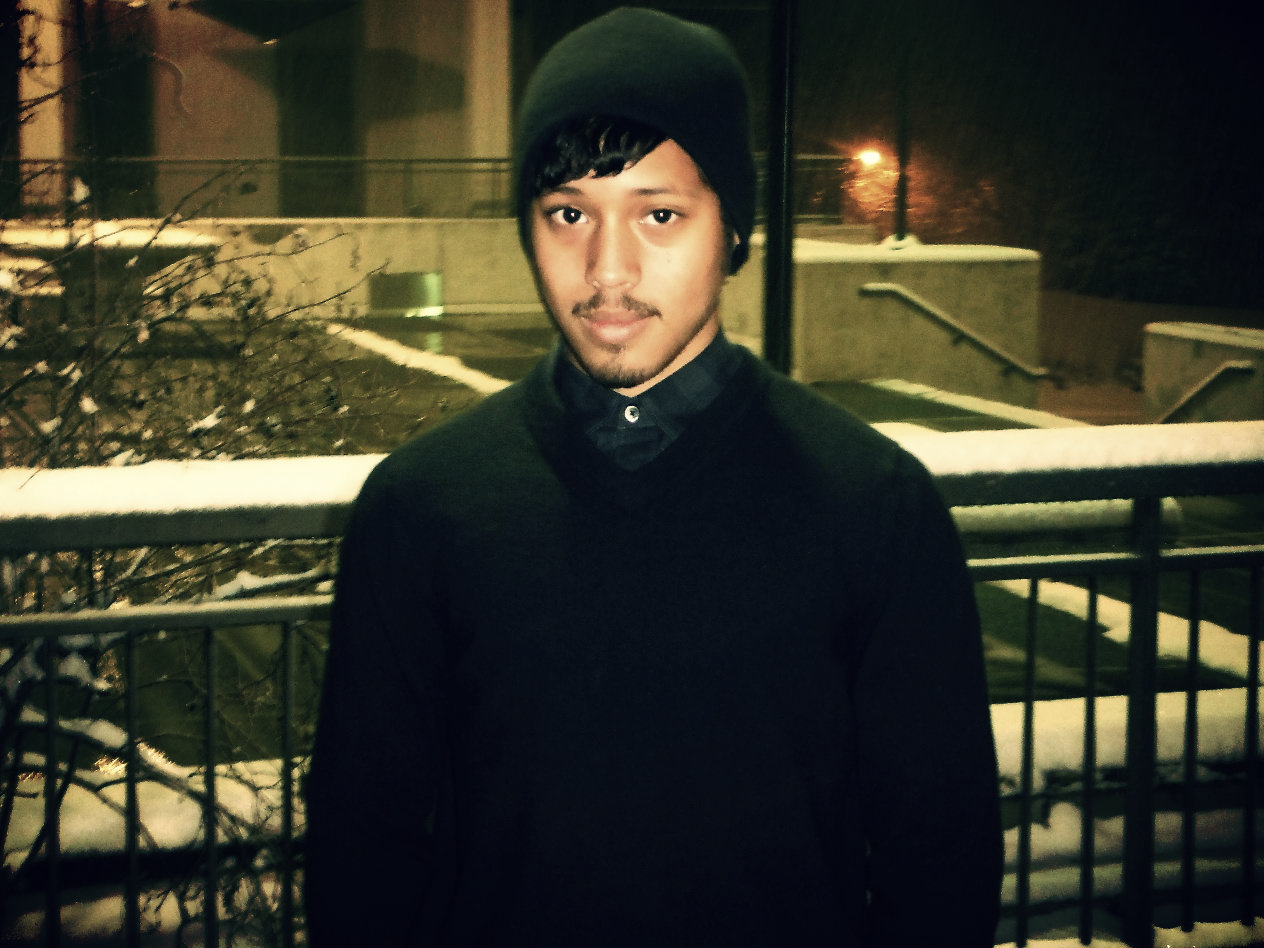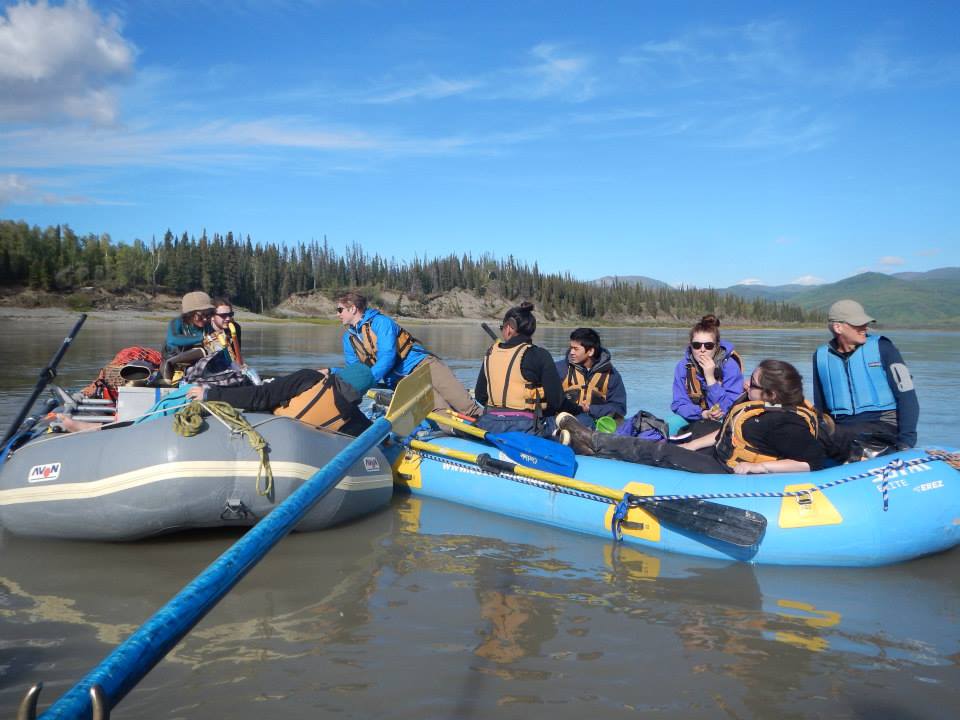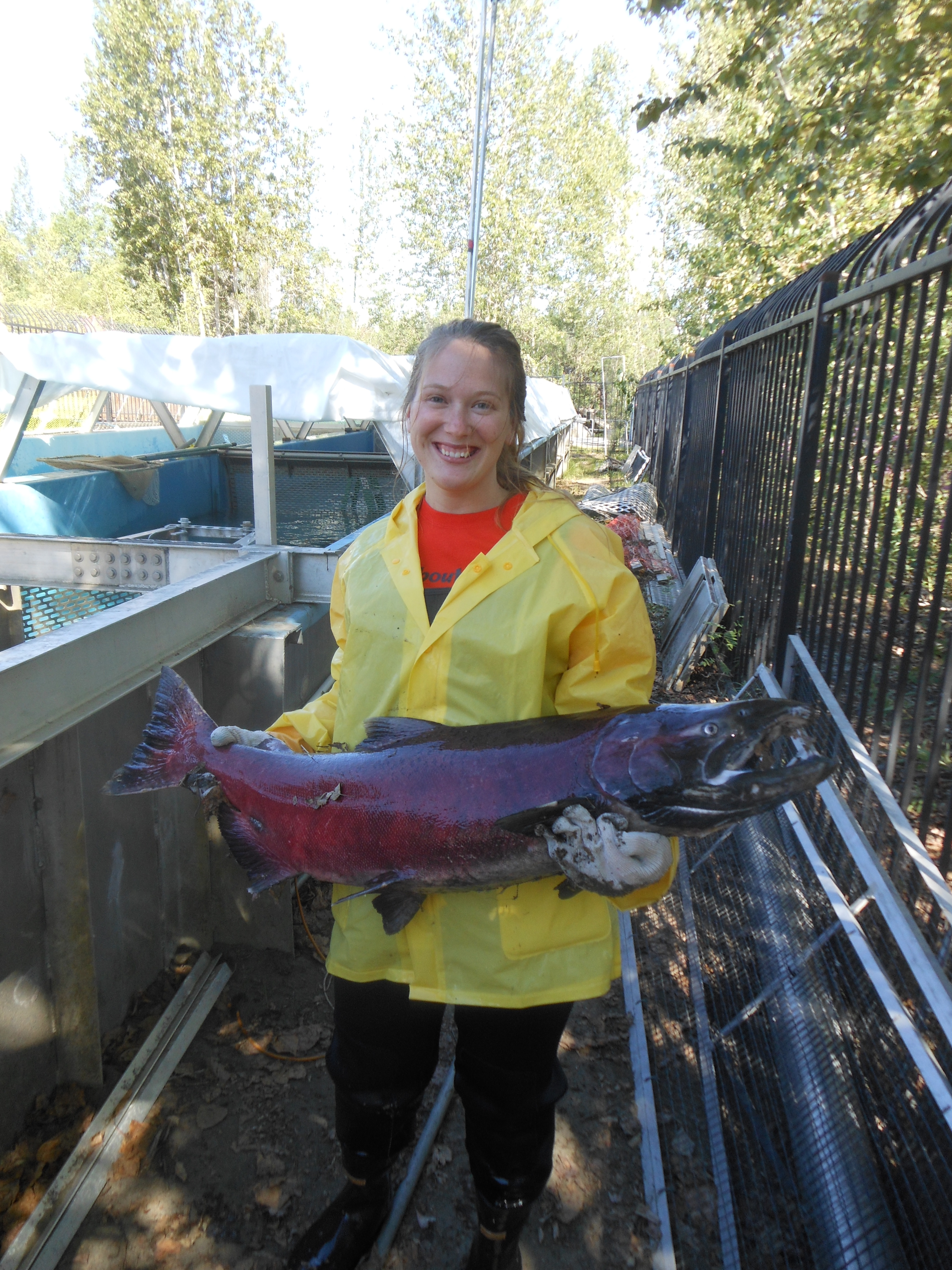by Ashana Armstrong
I had observed the Double-crested Cormorant in Washington years ago, but had no clue what all those black birds were that just stood, perched on the piers in Puget Sound. Now I know what these creatures are and the history that they have with humans. These really are fascinating birds that need to be watched more often. Before I get into my observations, I would like to thank Professor Scott Swann, Matt Drennan and Rich McDonald for helping me along the way this term in regards to birding.
The main two sites I ended up watching the Double-crested Cormorant was on the shoreline in Bar Harbor and Thrumcap Island where a colony of DCC’-s (Double-crested Cormorants) were nesting. By knowing that Cormorants keep their bill tilted up at an angle and sit low in the water to where usually only their necks and head are out of the water, I was able to identify them with ease. I started my project on May 4th 8:50am at the COA pier where I got to observe an adult DCC (I named them Freddy) swimming and diving; it seemed to me that Freddy was searching for food and not collecting nesting materials. After about 20 minutes of watching Freddy dive around the pier, he started flapping his wings quickly and took off at a running start. Freddy flew fast and low to the water, making it to a space near Bar Island. As Freddy landed back into the water near Bar Island, he stuck out his feet to brace for landing.
A couple of days later on May 8th, I walked to Acadia National Park to situate myself in front of Thrumcap Island to watch DCC’-s. I arrived at 1:15 pm to my spot on the rocks near the water (this spot was further down than where our class had been before). That day was warm and sunny with DCCS, loons, buffleheads and black-backed and herring gulls all around in the water and on the island. Once I got comfortable, I started watching an adult DCC that was in front of me and to the right of the island. The bird was sitting in the water, then dove. The DCCs dive (for fish and nesting materials) was very fluid and swift; it made me think of great swimmers doing fancy dives. Double-crested cormorant’s dives go as follows:: they pop their bodies up and out of the water so their wings are snug by their sides, with part of their breast coming out of the water, then they point their bill down towards the water and their body slices past the water’s surface and they disappear within a second of starting the process.
As I was watching this individual, I was also looking towards the island. Their nesting site was at the top middle section of Thrumcap, with black-backed gulls above them and herring gulls below and to the right of them. I could see individuals standing around the nest site. A characteristic stance of the DCC is standing, looking a bit slouched over, with their head turned upwards slightly. Some were standing with their heads tucked under a wing. Another individual was coming in low, flying quickly and gliding a second before then landing feet first into the water. Far off to the left of the island, I spotted two DCCs swimming around and diving near each other.
After watching several individuals diving around, I noticed that some stayed under longer, while others took shorter dives. I observed that as the cormorants were flying down to land back onto the island, they would circle once or twice and sometimes three times before landing feet first amongst the rest of the colony; they reminded me of airplanes having to circle down. To move about on the rocks, they would hop and flap their wings a bit, kind of how children hold out their arms as they jump from rock to rock. I could see some DCCs holding their wings spread out, in one of their characteristic stances. I observed until around 2:15 pm that day.
The next day while our class was out, we stopped by Thrumcap and I got to see the birds again, though they weren’t doing much but resting on the rocks. I did observe the birds landing onto the island again, airplane style. It wasn’t until the 16th of May that I was able to get back out and observe cormorants again. That day was cloudy with slight winds. The class was out on the Osprey going around Frenchmen’s Bay, where I took the chance to watch DCCs more closely in the new setting. At one point we were going by Thrumcap Island and a large group of cormorants that had been sitting in the water next to the island dispersed, with some going back to the nest site and some elsewhere. I was able to spot the two distinctive white head crests seen on the birds during breeding season. The individual that I observed had its head crests and was perched on a rock looking like a silhouette against the sky. Later on in the boat ride, I was able to see a juvenile DCC perched next to three adults. The juvenile was a dark grey color from a distance.
A couple of days later on May 18th, I went back to Thrumcap at 10:18 am. It was a calm but cloudy morning and from my spot on the rocky shore I didn’t see any cormorants in the water near the island. The cormorants that were on the island were all sitting in the nesting area and it seemed to me that they were all on nests. While most were perched and resting, there was one individual that I observed doing the “hop-and-fly” walk around the others for some reason or another, with a different individual on the opposite side of the other one walking around the grassy area on the edge of the nest site. I also observed one cormorant flying off and low to the island, while another flew in a half circle before landing into the colony. For a while, I didn’t observe anything new. At one time, three DCCs were flying together and coming back into the colony. By 11 am, two DCCs were flying high and landing back onto the colony with another leaving, flying low to the water’s surface. Before I left Thrumcap I observed one individual making a fuss on the rocks. Its head was cocked down and its wings were spread out, but I didn’t see what it was doing this to. Maybe he was defending territory? I wasn’t observing much else at the island, so I decided to go back into town and walk the shoreline.
By ten to noon, I made it back to Bar Harbor’s pier area. After walking down the shore trail I spotted an individual off-shore and went down to the beach to watch. I named this individual Sam. Sam was swimming around in the water, diving every so often. I observed on several occasions Sam catching fish; the DCC would bring the fish back up to the surface and eat them, sometimes smacking the fish on the water. I took this time to closely observe how the double-crested cormorant dives. Again, the DCC dives were very fluid and quick. After a bit, another DCC flew in and landed; I named this one Fred. I observed Fred catch a few fish as well. When either Sam or Fred faced my way, I got to see glimpses of the head crests and I could see the orange of their bills much better from shore here than at Thrumcap. While watching these two individuals, I saw two others fly by, low to the water. While sitting at the water’s surface, I observed Sam shake his wings, and then he flew off to the floating docks down the shore a ways. In observing the take-off of this bird, I noticed it’s awkward, rapid flapping of the wings and a running start, with the head outstretched. On the floating dock, Sam sat among three other DCCs. Three out of the four birds were perched in a typical stance while one had its wings spread out as if to dry them. After about 25 minutes, I left the cormorants on the floating dock to head home.
May 20th was the next time I got to see double-crested cormorants. This was at around 6 pm and it was cloudy. I walked down to the Bar Harbor shoreline again, heading straight for the floating docks. There was one dock that had two cormorants on it as well as many gulls. I saw an individual flying low in the direction of Thrumcap. The next day, at 2:30 pm, I was kayaking around Bar Island, where I got to observe DCCs a bit. As I was kayaking, an individual who was flying away came right towards our group and flew past us. That was the closest I was able to see a cormorant. I could even see the bill up-close without my binoculars; I observed the hook in the bill. Throughout my kayaking trip, I would spot cormorants flying to land on the water or taking off, which kept reminding me of airplanes.
On May 22nd, around 5 pm, I went back to the Bar Harbor pier. There were six cormorants sitting on a floating dock, one with its wings spread out, while the others were sitting up or had their heads tucked under a wing. Two cormorants had flown into the area, with one coming in from Thrumcap Island direction. A while later, three cormorants flying in a row flew in the direction of Thrumcap. On a separate floating dock that had one cormorant on it, I saw the bird fly off when a tour boat went by. Back at the floating dock with six birds, an individual scratched its head with a foot, which I personally thought looked cute. Another individual soon left the group, flying low at first then rising in height linearly before finding a spot to land in the water. On the same floating dock, an individual was walking in an awkward waddle. A perched individual on the docks highest point seemed to be peering into the water. I observed an individual splash around the water with its wings, maybe washing off like small song birds do in bird baths. Right before I left at 6 pm, I observed that out of the six birds on the dock, four were left.
Two days later on the 24th at 5:30 pm, I made it back out to the Bar Harbor shoreline. I didn’t observe any Double-crested Cormorants on the floating docks nor the water around the pier, so I walked down the shore path to see if any were up that way. I finally found an individual cormorant perched on the rocks that are half way towards Thrumcap (you have to boat around the outcropping or island next to it). That cormorant didn’t do much other than rest on the rock. Another individual flew out into the water near the first one; it had flown in low and picked up height before landing onto its spot. At 6:10 pm the second individual who had flown into the water got up onto a rock. Then I observed a third individual fly and land onto the rock next to the second individual and spread its wings. The first individual hadn’t moved since it got to its current perch. At 6:20 I had to leave and I observed none of the three to be doing much else but resting on the rocks. As I was leaving, I observed a final DCC flying low and heading towards Thrumcap’s direction, and two others were sitting on a floating dock, one with its wings spread out.
Three days later our class was out on the Osprey again. This time we went to Petit Manan Island and the surrounding area. On an island close by, there was a small nesting colony of double-crested cormorants, where I got to observe the nests much better than before. My final observations were made May 28th when I arrived at Thrumcap Island at 9:25 in the morning. For two hours I observed the cormorants sitting in and around their nest site as usual. Nothing much happened for a good portion of my time there. I was able to observe another juvenile that was fishing out in the water just below my rock, but it soon flew off. At one point I did observe an individual who had flown and landed into the water right next to the island thinking it was going to fish. A few moments later it emerged with something in its mouth, and it wasn’t a fish, but some seaweed to add to its nest! I spent the rest of the time observing cormorants flying on and off the island in their awkward airplane manner. As I was leaving the island for the last time, one double-crested cormorant flew off the island really high at first, but it made its way down, low to the water’s surface. Then I walked home.
The end of this observation research was bitter-sweet, because I had become attached to those birds. It was a great experience though, and I will keep on watching.
[divider]
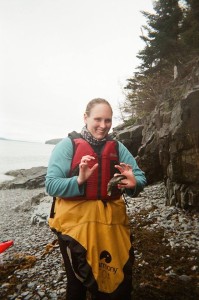 Ashana is new to being an “official birder”, but has enjoyed watching birds of all sorts all her life. This paper stemmed from the yearning to learn more about these dark shadows that many seemed to deem unworthy. Right now her senior project is even geared toward seabirds and mitigation efforts to decrease by-catch of these wonderful organisms.
Ashana is new to being an “official birder”, but has enjoyed watching birds of all sorts all her life. This paper stemmed from the yearning to learn more about these dark shadows that many seemed to deem unworthy. Right now her senior project is even geared toward seabirds and mitigation efforts to decrease by-catch of these wonderful organisms.
